With the right road map to the stars aka. As these stars are at the end of their main sequence stage they are termed terminalage main sequence TAMS stars.
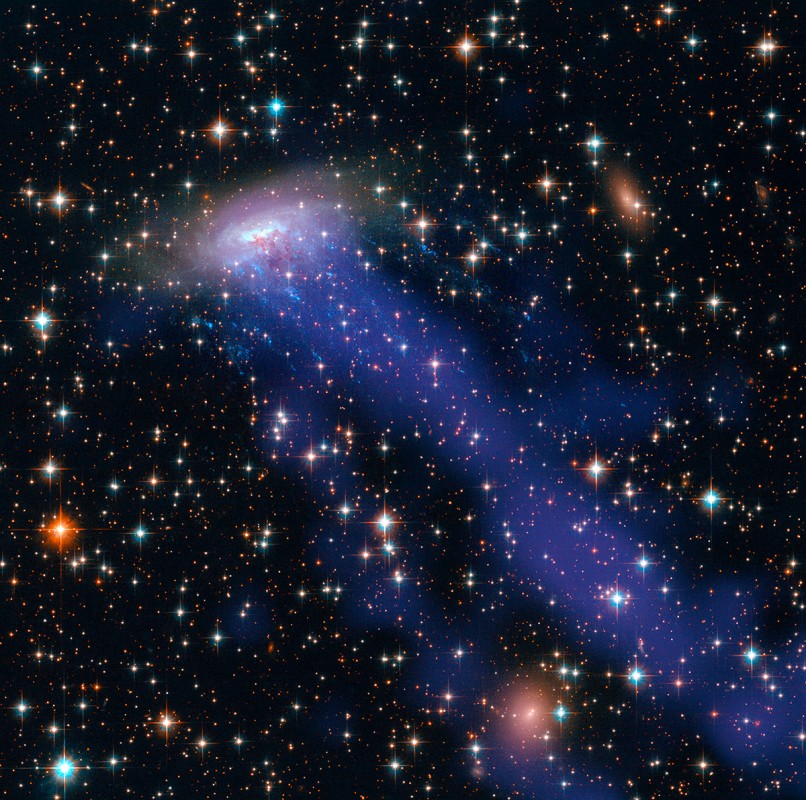 Study Explains Why Galaxies Stop Creating Stars
Study Explains Why Galaxies Stop Creating Stars
Plasma in hotter stars moves more vigorously.
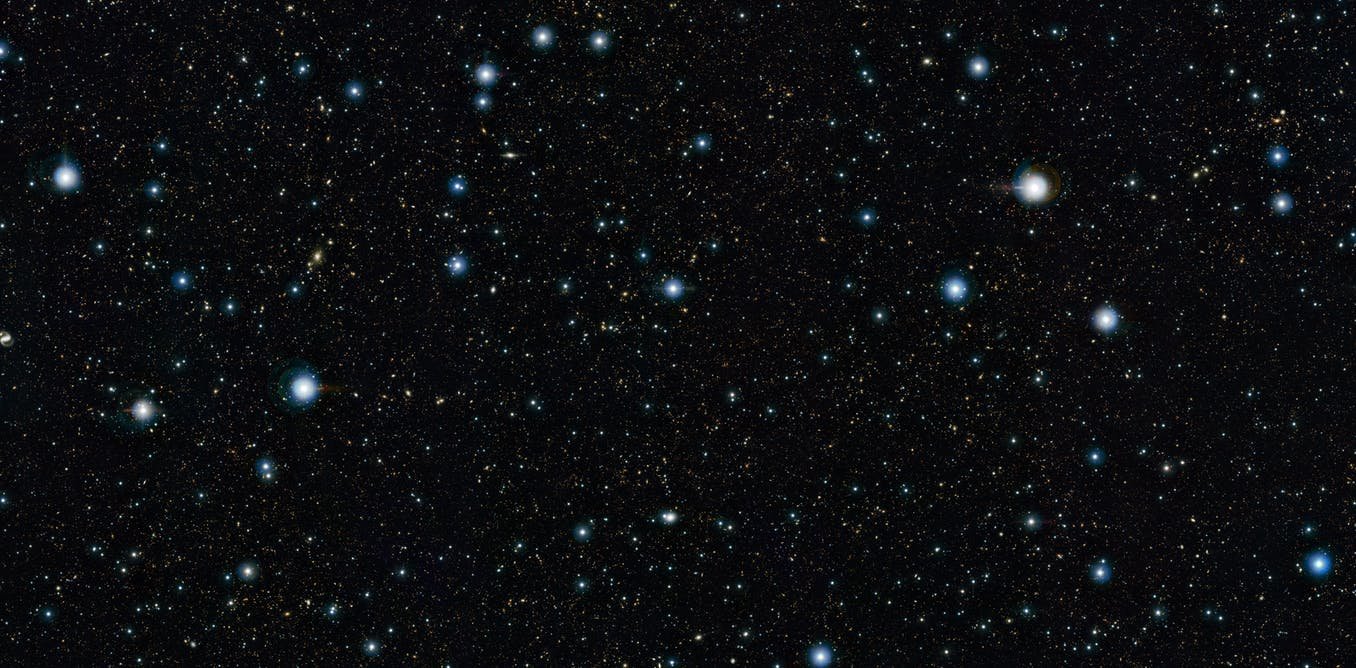
Study of stars. At left a photographic plate used by Leavitt as evidence in her study of variable stars. The study of stars is called Astronomy. Successfully pass the first year of your studies.
It is the study of the Sun moon stars planets comets dust gas galaxies and other non-earthly bodies. Stellar models describing the evolution of a stars composition and internal processes with stellar age give predictions on the observed luminosity and colour or. A star is a sphere of gas held together by its own gravity.
Stars that are at the point of exhausting hydrogen in their cores form a locus that bounds the main sequence band on the upper right. Astronomy in ancient times. The universe is infinite.
Tell me more about the Sun. Leavitts discovery led to research which estimated the size of the Milky Way for the first time. How do we study the stars.
At right the Milky Way galaxy. Stars are basically huge balls of plasma which are very luminous. Astronomy is the study of the sun moon stars planets comets gas galaxies gas dust and other non-Earthly bodies and phenomena.
One of our free star charts youll be able to use your base knowledge to find interesting stellar pairings and locate deep-sky objects the star clusters galaxies and nebulas that binoculars and telescopes will reveal. This vigorous movement broadens the features in spectra due to the Doppler Effect. To understand how it all began and what it is.
StudyStars offers preparation courses for international students in The Netherlands. In curriculum for K-4 students. The bright white marks are her notations on the back of the plate.
In the 19th century photography and spectroscopy the study of the wavelengths of light that objects emit made it possible to investigate the compositions and motions of stars. Astronomers are those scientist that study different aspects of the universe which include planets stars and other galaxies. Before telescopes were discovered stars were observed purely based on what was visible to.
Read how can be used to study the composition of stars and to obtain the temperature of stars. The main focus of astronomy is the observation of earthly bodies. Visit this interactive applet and watch this tutorial for more information.
The lessons we learn about the Sun can be applied to other stars. Definition of astronomy. Astronomers observe these objects across all wavelengths and apply the information to create physical models of the stars.
Galactic astronomy focuses on the objects and. Stellar astronomy is the study of stars including their creation evolution and deaths. Astronomers need to understand many different things while trying to study stars as there are so many elements that need to be equated.
The closest star to Earth is our very own Sun so we have an example nearby that astronomers can study in detail. Astronomy is the study of everything in the universe.
 Astronomy The Study Of Stars Galaxies Planets And More Astronomy The Study Of Stars Galaxies Planets And More Ppt Download
Astronomy The Study Of Stars Galaxies Planets And More Astronomy The Study Of Stars Galaxies Planets And More Ppt Download
 Study Dying Stars Breathe Life Into Earth Eurekalert Science News
Study Dying Stars Breathe Life Into Earth Eurekalert Science News
 Study Of Stars Orbiting Milky Way S Supermassive Black Hole Tests Relativity Gravitation
Study Of Stars Orbiting Milky Way S Supermassive Black Hole Tests Relativity Gravitation
 How To Study The Stars Rudaux L Translated By A H Keane Ll D F R G S Amazon Com Books
How To Study The Stars Rudaux L Translated By A H Keane Ll D F R G S Amazon Com Books
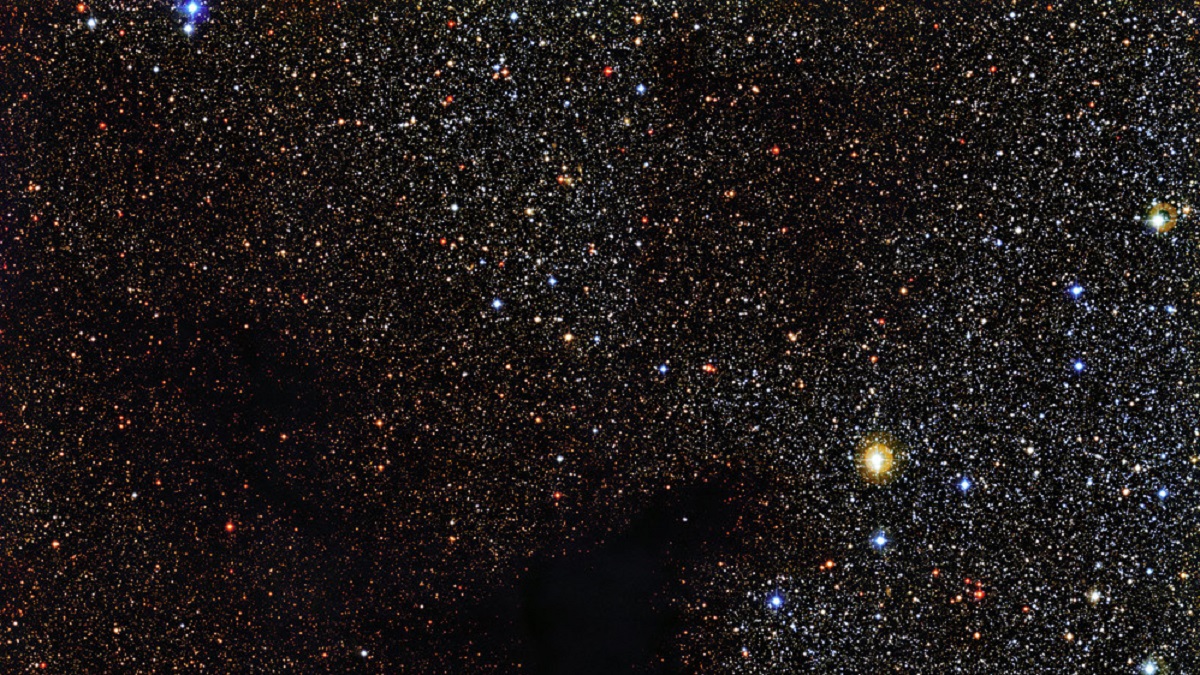 Elements Of Surprise In New Star Study Cosmos Magazine
Elements Of Surprise In New Star Study Cosmos Magazine
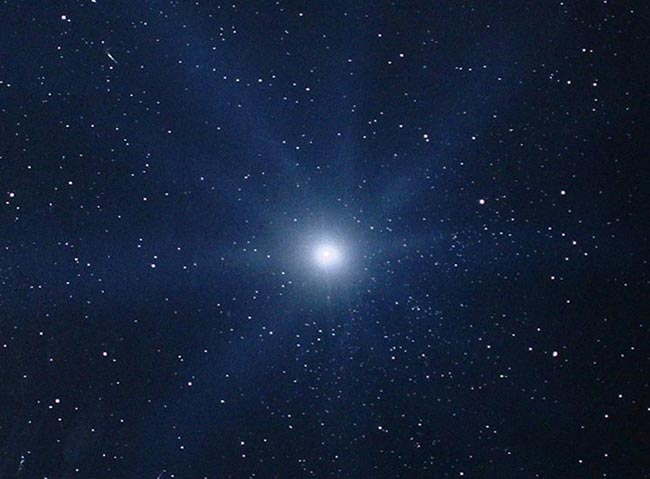 Star Facts The Basics Of Star Names And Stellar Evolution Space
Star Facts The Basics Of Star Names And Stellar Evolution Space
Nasa Selects Proposals To Study Galaxies Stars Planets Nasa
 Stars Definition Facts Science Class 2021 Video Study Com
Stars Definition Facts Science Class 2021 Video Study Com
 How Do We Study The Stars Yuan Sen Ting Youtube
How Do We Study The Stars Yuan Sen Ting Youtube
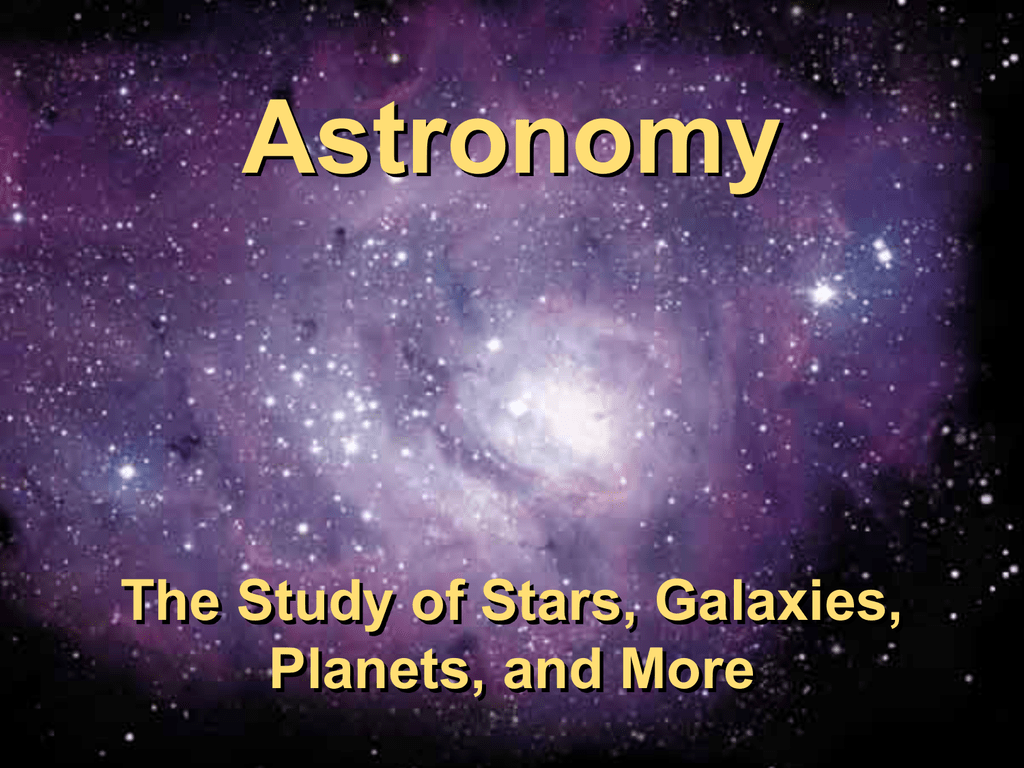 Astronomy The Study Of Stars Galaxies Planets And More
Astronomy The Study Of Stars Galaxies Planets And More
 Why We Study The Stars Youtube
Why We Study The Stars Youtube
 Astrophysicists Release New Study Of One Of The First Stars Astronomy Now
Astrophysicists Release New Study Of One Of The First Stars Astronomy Now
 Study Of Distant Galaxies Challenges The Understanding Of How Stars Form
Study Of Distant Galaxies Challenges The Understanding Of How Stars Form
 Constellation Poster Leif Constellations Constellation Poster Star Constellations
Constellation Poster Leif Constellations Constellation Poster Star Constellations
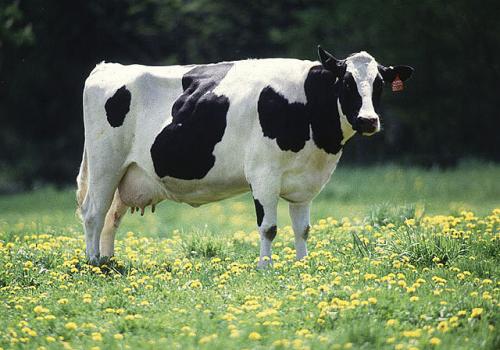
No comments:
Post a Comment
Note: Only a member of this blog may post a comment.